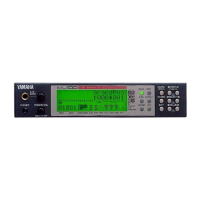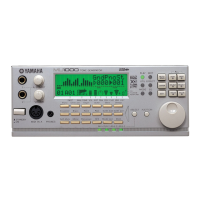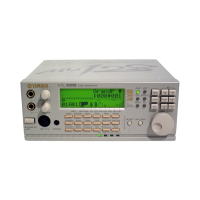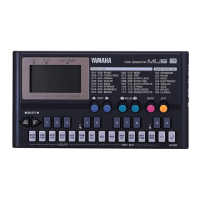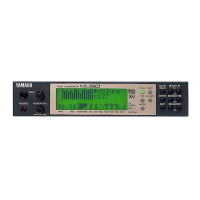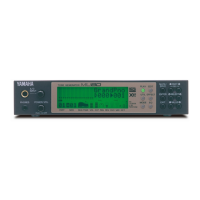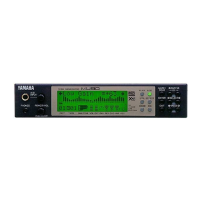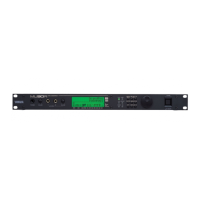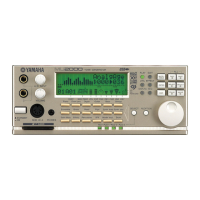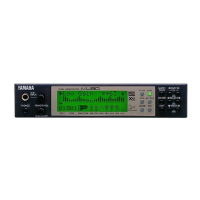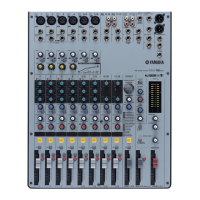Why are notes cut off on my Yamaha Recording Equipment MU100R?
- LlsimmonsJul 29, 2025
If you are experiencing cut off or omitted notes while playing your Yamaha Recording Equipment MU100R, it might be because the maximum polyphony is exceeded. The MU100R can only play a maximum of 64 notes simultaneously. If you are playing a connected keyboard along with densely arranged song data, you might exceed this limit.



